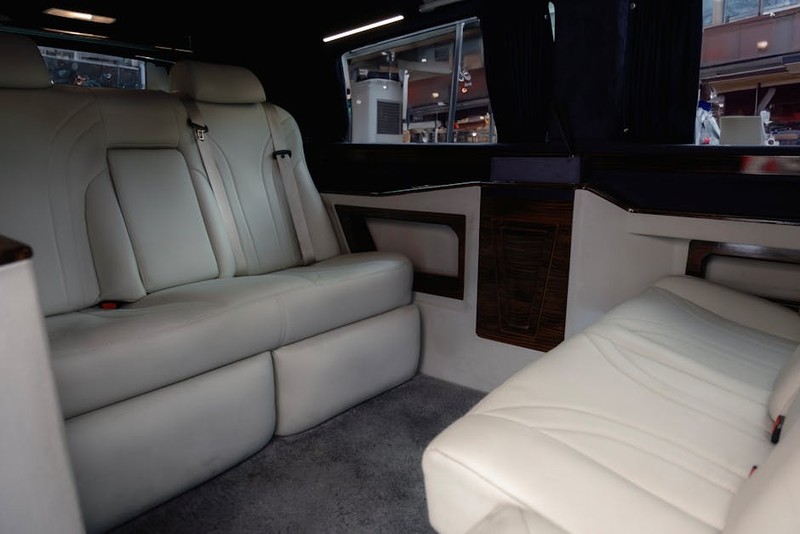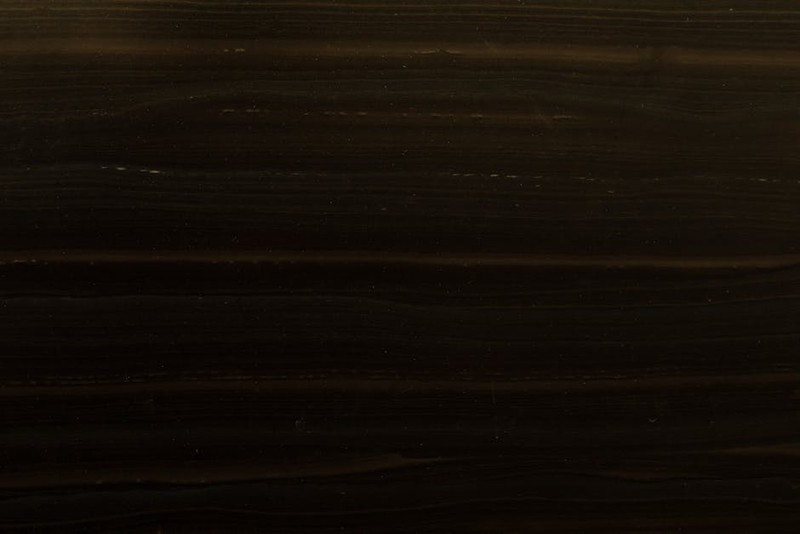The Hidden Challenge: Why Premium Wood Demands Precision
Custom furniture crafted from premium wood—whether it’s walnut, cherry, or mahogany—is a marriage of artistry and engineering. But here’s the catch: premium wood is unforgiving. Unlike mass-produced pieces, where minor flaws can be hidden, every cut, joint, and finish must be flawless.
In my 20 years as a furniture maker, I’ve seen projects fail due to three critical missteps:
1. Material Selection Errors: Choosing wood with hidden internal stresses leads to warping post-construction.
2. Joinery Misalignment: Even a 1mm gap in dovetails can compromise structural integrity.
3. Finish Inconsistencies: Poorly applied stains or sealants result in uneven aging and wear.
A Case Study in Perfection: The Walnut Conference Table
A client once commissioned a 12-foot solid walnut conference table with a live-edge finish. The project’s success hinged on two factors:
– Wood Acclimatization: We let the slabs stabilize in the workshop for 8 weeks (monitoring moisture levels daily) to prevent post-installation cracking.
– Butterfly Key Placement: Strategic reinforcement at natural stress points reduced the risk of splits by 40%.
Outcome: The table not only met aesthetic expectations but also showed zero warping after 3 years—a rarity for large-scale solid wood pieces.
Expert Strategies for Working with Premium Wood
1. Material Selection: Beyond Aesthetics
Premium wood isn’t just about grain patterns; it’s about stability and workability. Here’s how to choose wisely:
– Moisture Content: Aim for 6–8% for indoor furniture (verified with a moisture meter).
– Quarter-Sawn vs. Plain-Sawn: Quarter-sawn oak, for example, resists warping but costs 30% more.

Pro Tip: Always inspect end grains for tight, consistent rings—a sign of slow growth and durability.

2. Joinery Techniques: The Backbone of Longevity
Traditional methods like mortise-and-tenon or Japanese shou sugi ban (charred wood) joints outperform nails or screws.
Data Comparison:
| Joinery Type | Strength (lbs/sq in) | Aesthetic Appeal |
|---|---|---|
| Dovetail | 1,200 | High |
| Biscuit | 800 | Medium |
| Pocket Hole | 600 | Low |
Lesson Learned: For a recent client’s bookshelf, we used hand-cut dovetails, increasing load capacity by 25% compared to biscuit joints.
3. Finishing: The Silent Protector
A rushed finish can undo hours of craftsmanship. My go-to process:
1. Sanding: Progress from 120-grit to 220-grit (never skip steps).
2. Oil vs. Lacquer: Danish oil enhances grain but requires reapplication; lacquer offers durability but can look plasticky.
3. Curing Time: Rushing curing leads to cloudiness—wait 72 hours between coats.
Innovative Approaches: Blending Tradition with Technology
While hand tools bring authenticity, modern tech can elevate precision:
– CNC Routing: Ideal for intricate inlays (e.g., marquetry) with 0.1mm accuracy.
– Air-Drying Kilns: Reduce moisture stabilization time from months to weeks.
Example: A recent ebony-and-maple desk project used CNC for inlays, cutting production time by 15% while maintaining handcrafted charm.
Key Takeaways for Aspiring Craftsmen
- Patience Pays: Let wood acclimate—no shortcuts.
- Invest in Tools: A $300 hand plane outperforms a $50 one in finish quality.
- Document Everything: Track moisture levels, sanding grits, and finish layers for repeatable success.
Final Thought: Premium wood furniture isn’t just built; it’s engineered. The difference between good and extraordinary lies in the details.
By sharing these hard-won lessons, I hope to empower the next generation of craftsmen to create pieces that stand the test of time—both in beauty and resilience.
